
A wind farm generates power for grids in Zhoushan, Zhejiang province. (Photo by YAO FENG/FOR CHINA DAILY)
The country's carbon trading market, which was launched in July 2021, has registered increases in both trade volume and price, according to Zhao Yingmin, vice-minister of ecology and environment.
As of the end of last year, the program has seen over 440 million metric tons of carbon emission allowances change hands for almost 24.9 billion yuan ($3.5 billion), he told a news conference organized by the State Council Information Office on Monday.
He said the trade volume in the second compliance period jumped by 19 percent from the first, and the turnover increased by 89 percent.
"Overall, the price of carbon emission allowances is showing a stable upward trend," the vice-minister noted.
The price has climbed to 80 yuan per metric ton, compared with 48 yuan per ton when the market was launched, he continued.
Carbon trading is the process of buying and selling permits to emit greenhouse gases among designated emitters.
The program imposes carbon emission limits for every unit of electricity a power plant generates. After each cycle of trading, operators can sell any carbon allowances they have left over after complying with the benchmark. If they fall short, they will have to buy allowances.
At the very beginning, China's carbon trading market included 2,162 power-generating enterprises across the country, covering about 4.5 billion tons of carbon dioxide emissions — the most covered in the world.
According to Zhao, the number of power-generating enterprises in the market has increased to 2,257, and the emissions it covers have reached roughly 5.1 billion tons.









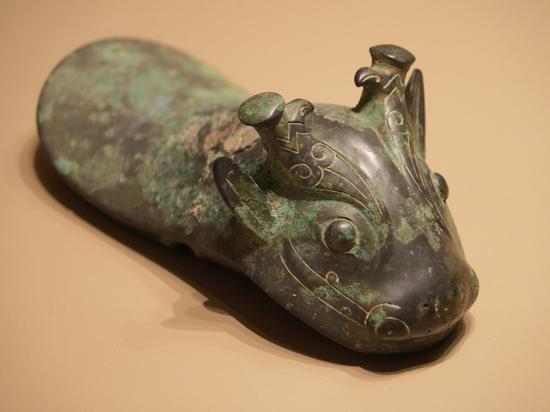

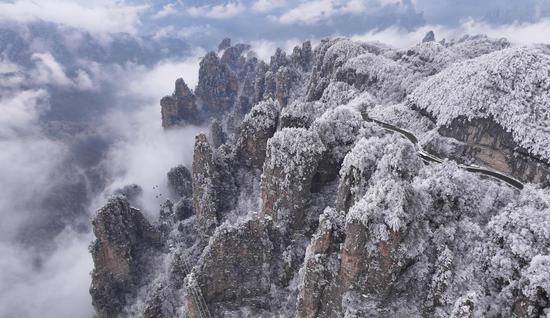


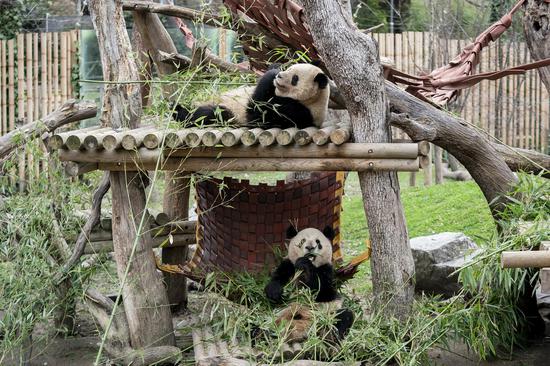
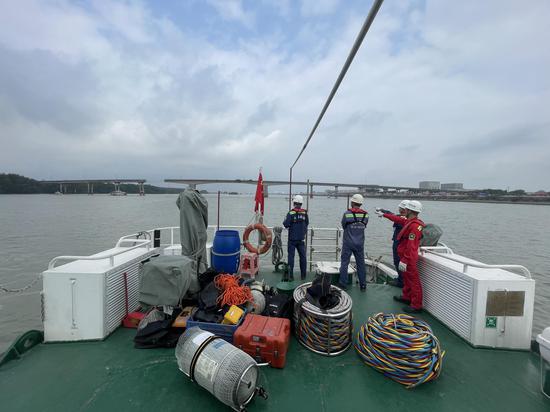
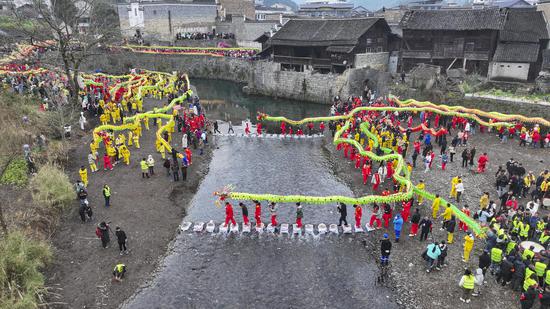
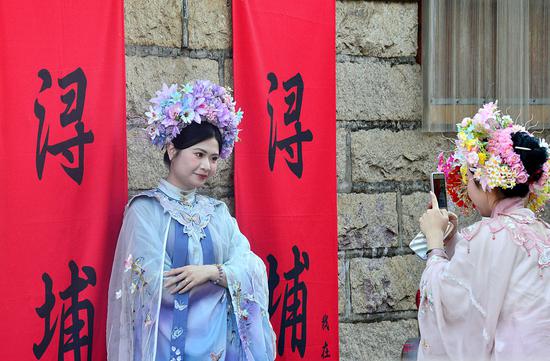
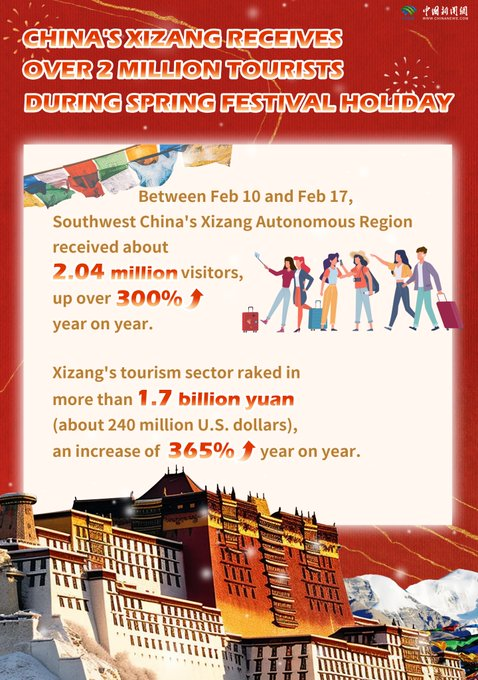
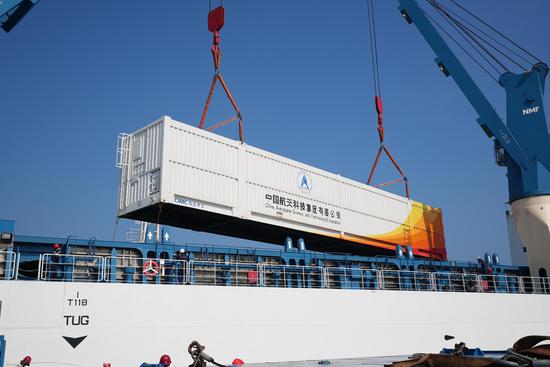

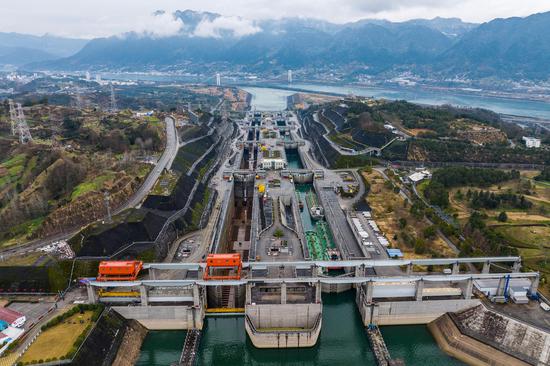




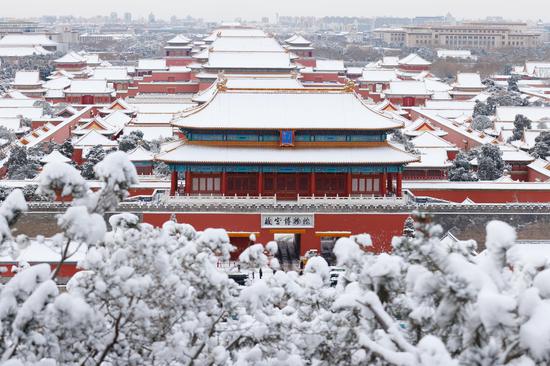
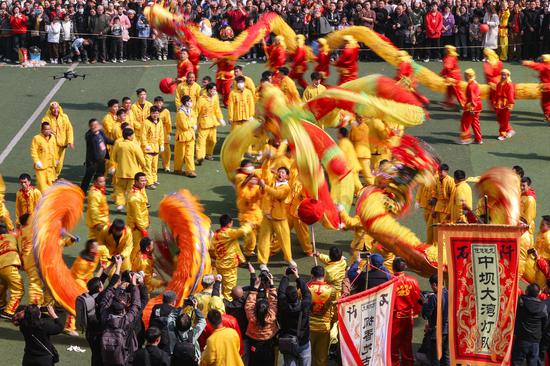


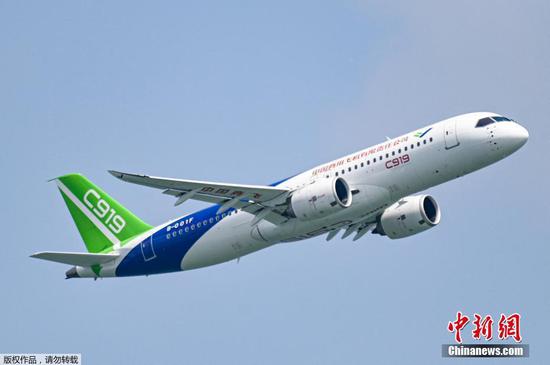

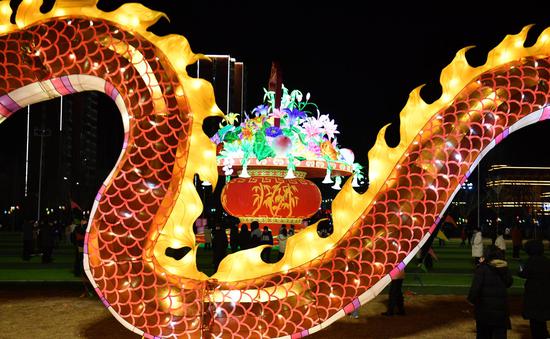

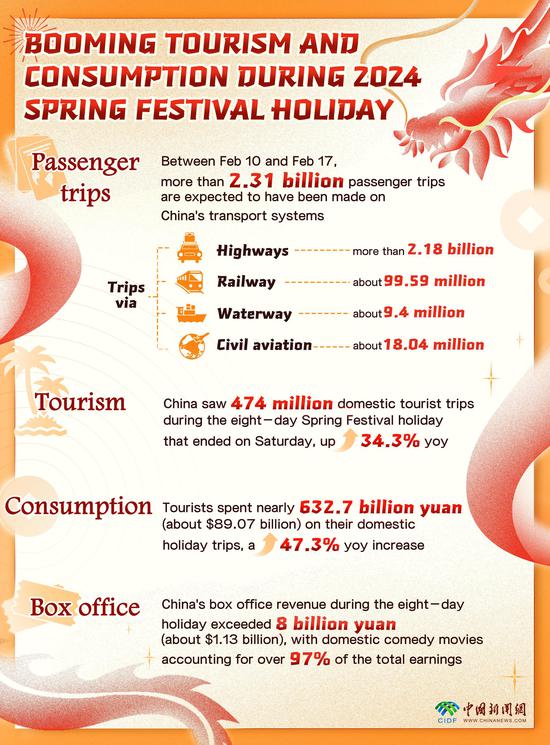
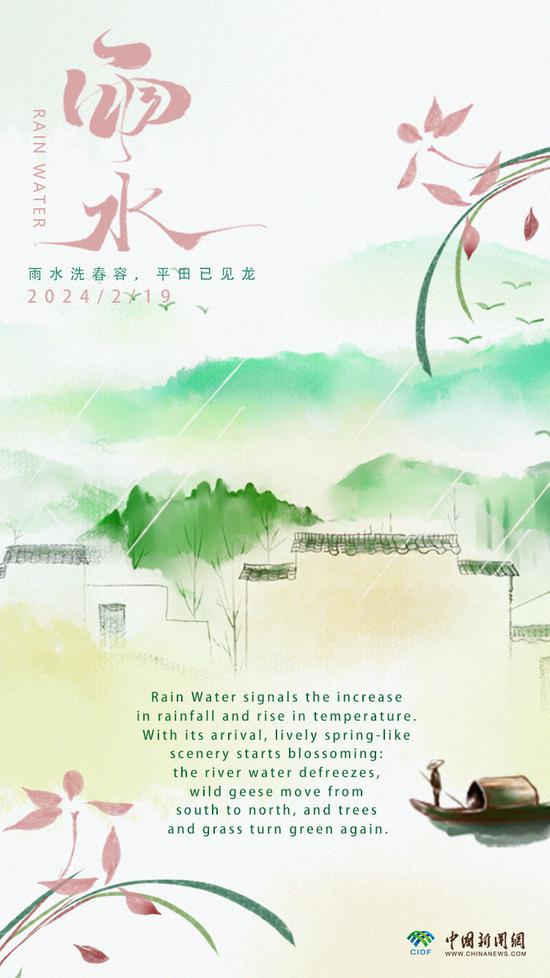

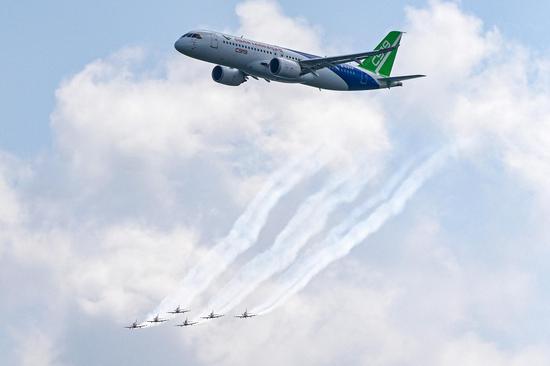
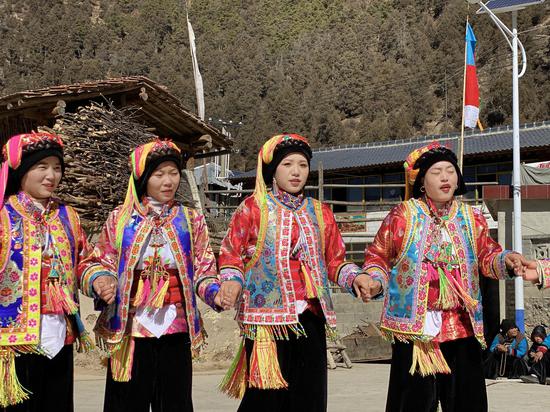


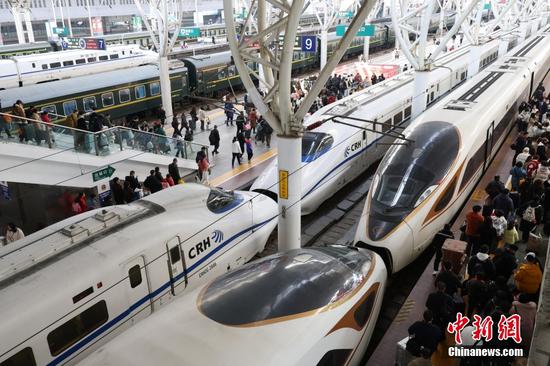
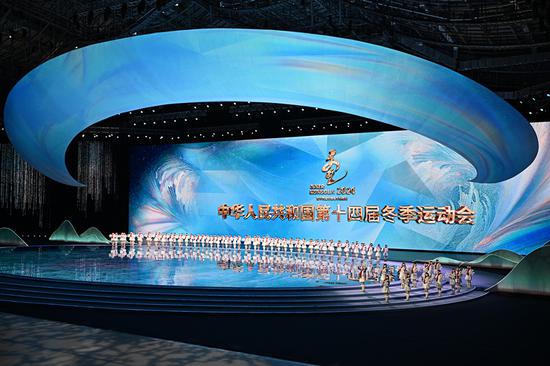

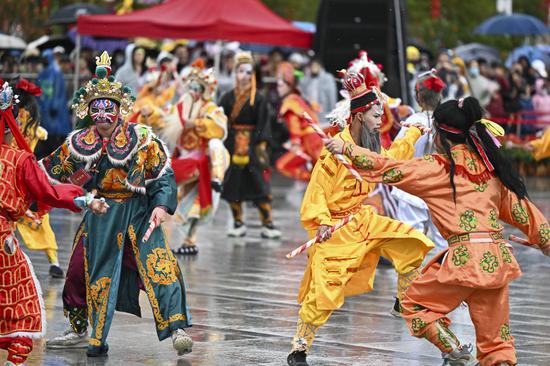

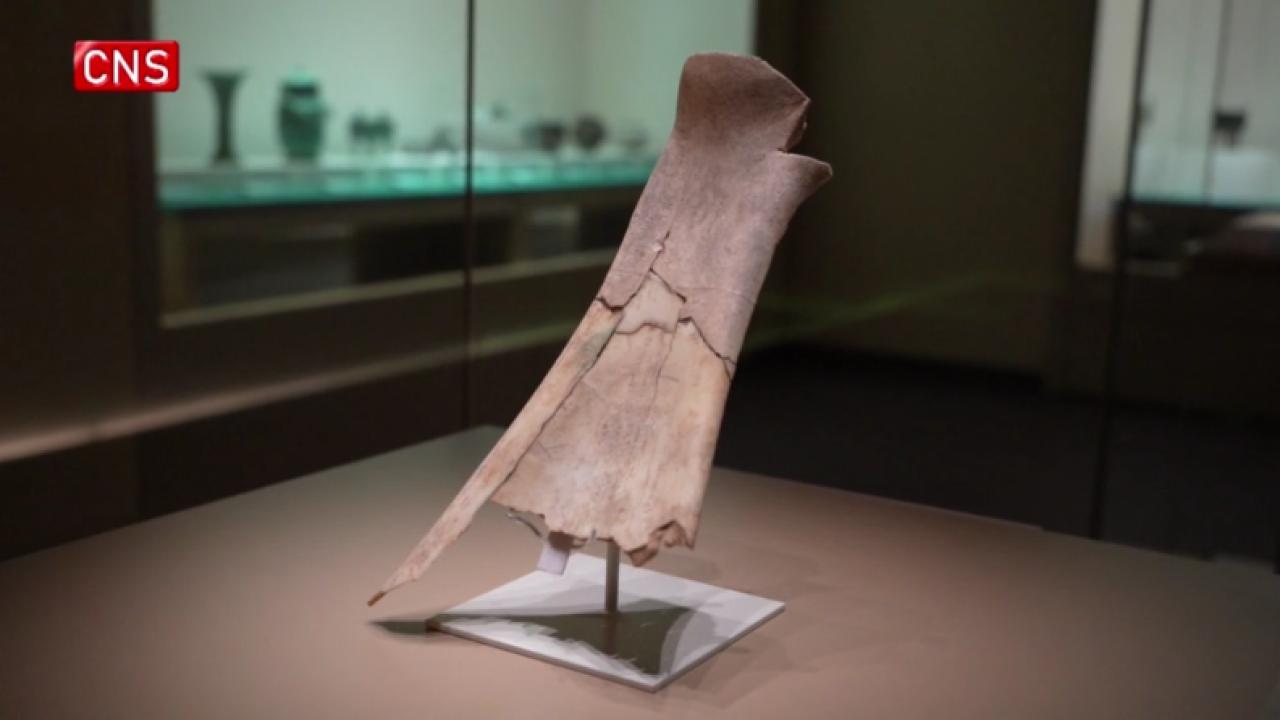



 京公网安备 11010202009201号
京公网安备 11010202009201号